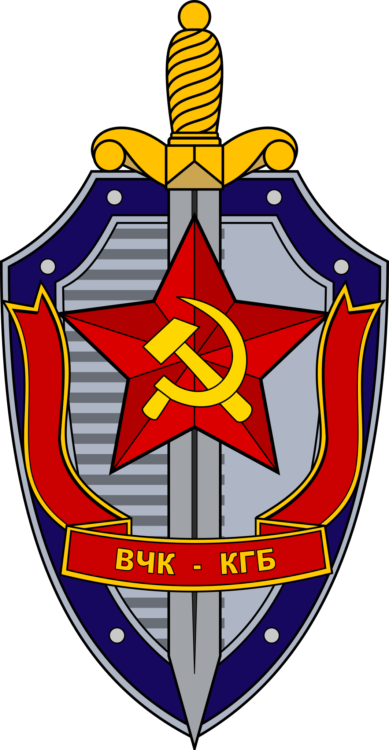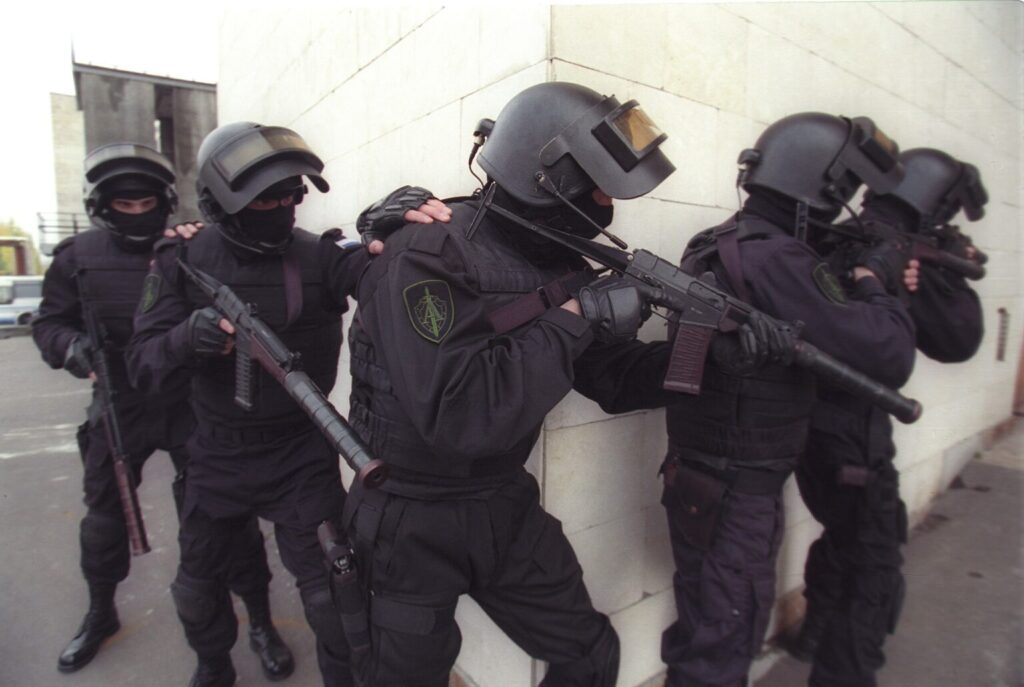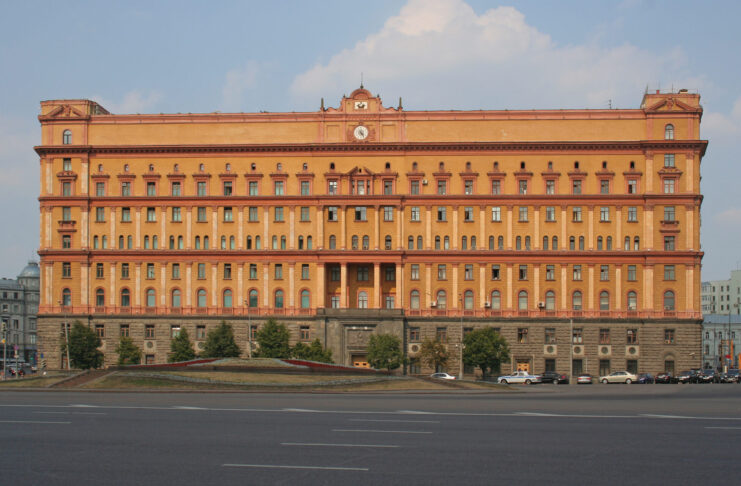The KGB was the main security agency for the Soviet Union from 1954 to 1991. It was an acronym for Komitet gosudarstvennoy bezopasnosti (Russian: Комитет государственной безопасности (КГБ), which means Committee for State Security in Russian. The KGB was responsible for foreign intelligence, counterintelligence, internal security, border protection, secret police functions and guarding the Soviet leadership. The KGB was attached to the Council of Ministers and was under the direct control and sanction of the top political leadership. The KGB was a military service governed by army laws and regulations. It had several branches and directorates, each with its own specific tasks and missions.
The KGB was one of the most powerful and feared organizations in the Soviet Union and the world. It was involved in many covert operations, both inside and outside the Soviet bloc, as well as in suppressing dissidents, nationalists, religious groups and anti-Soviet activities. The KGB was dissolved in 1991 after the failed coup d'état and the collapse of the Soviet Union. Its main successors in Russia are the FSB (Federal Security Service) and the SVR (Foreign Intelligence Service).

The 13th Department
The 13th Department of the KGB was a secret unit that specialized in assassinations and kidnappings of Soviet enemies, both inside and outside the USSR. The department was also known as the “Directorate of Special Tasks” or “Department V” and operated from the 1950s to the 1990s. The department had up to 60 staff members at its Moscow headquarters and had satellite units in several countries, including as East Germany, China and Austria. Targets included Soviet citizens, Soviet emigrés and foreign nationals.
According to a declassified CIA report, the 13th Department evolved from an earlier organization called the Directorate of Special Tasks, which was established within the NKVD (the predecessor of the KGB) in December 1936 for terror purposes.
The 13th Department specialized in assassinations using exotic weapons and poisons. Two of its victims were Lev Rebet and Stepan Bandera, both Ukrainian nationalists who opposed the Soviet regime and lived in exile in Munich.

Rebet was a former prime minister of the Ukrainian People's Republic and an editor of a newspaper that criticized the Kremlin. In 1957, he was killed by Bohdan Mykolayovych Stashynsky (also often spelled Bogdan Nikolayevich Stashinsky), a KGB agent who posed as a journalist and sprayed him with cyanide gas from a disguised gun in his office building. The death was initially attributed to a heart attack.
Bandera was a leader of the Organization of Ukrainian Nationalists, a militant group that fought for independence from both Nazi Germany and the Soviet Union during World War II. In 1959, he was also killed by Stashynsky, who used the same method of spraying cyanide gas from a gun on a busy street. The death was later confirmed as poisoning by an autopsy.

Stashynsky defected to West Berlin in 1961 and revealed his role in the murders, as well as the existence of the 13th Department and its secret laboratories. He said he was coerced by the KGB, who threatened to harm his family if he refused to carry out their orders. He was tried and convicted in West Germany and sentenced to eight years in prison. He was released on parole in 1966 and reportedly handed over to the CIA.
Viktor Vladimirovich Karpukhin
The 13th Department of the KGB's existence and activities were highly classified and secretive, and its leaders were probably not publicly known or acknowledged. The only known leader of the 13th Department was Viktor Vladimirovich Karpukhin, who headed it from 1979 to 1991.
Karpukhin was born in the Ukrainian city of Lutsk in 1947 and joined the KGB's Directorate A (unofficially known as Alpha Group), an elite special forces unit, in 1967. He rose through the ranks and became the commander of the Alpha Group in 1988. He participated in several operations during the Soviet-Afghan War, including the Tajbeg Palace assault, known by the military codename Operation Storm-333 (Russian: Шторм-333), which involved storming the presidential palace in Kabul and killing President Hafizullah Amin. He was awarded the Hero of the Soviet Union medal for his role. As the leader of the 13th Department, he was reportedly responsible for planning and executing several high-profile assassinations, such as those of Markov and Litvinenko. He retired from the KGB in 1992 and worked in various government and commercial ventures. He died in Belarus in 2003 at the age of 55.

Alpha Group
The Alpha Group is a stand-alone sub-unit of Russia's special forces that is now part of the Russian Federal Security Service (FSB). It was created by Yuri Andropov, then head of the Soviet KGB, in 1974 in the aftermath of the 1972 Munich Massacre. as a response to potential terrorist threats against the Soviet regime. It is officially known as Directorate “A” of the FSB Special Purpose Center (TsSN FSB) (Russian: Спецназ ФСБ “Альфа”). It is authorized to act under the direct control and sanction of Russia's top political leadership, similar to its sister unit, the Directorate “V” (Vympel), which is tasked with protecting Russia's strategic installations, as well as conducting black operations inside and outside Russia. It is also available for extended police duties, for paramilitary operations, and for covert operations, both domestically and internationally.
The Alpha Group is one of the most elite and secretive units in Russia's special forces. It has been involved in several high-risk missions throughout its history, such as Operation Storm-333, Aeroflot Flight 6833 hostage crisis, January Events, Soviet coup d'état attempt, Russian constitutional crisis, Budyonnovsk hostage crisis, Kizlyar-Pervomayskoye hostage crisis, First Chechen War, Second Chechen War, Moscow theatre hostage crisis, Beslan school hostage crisis, Insurgency in the North Caucasus, Russian military intervention in Syria and Russian invasion of Ukraine.

Find the original article in its entirety on Spotter Up.
READ NEXT: Lefties Quietly Declare War On Your Most Prized Possession


